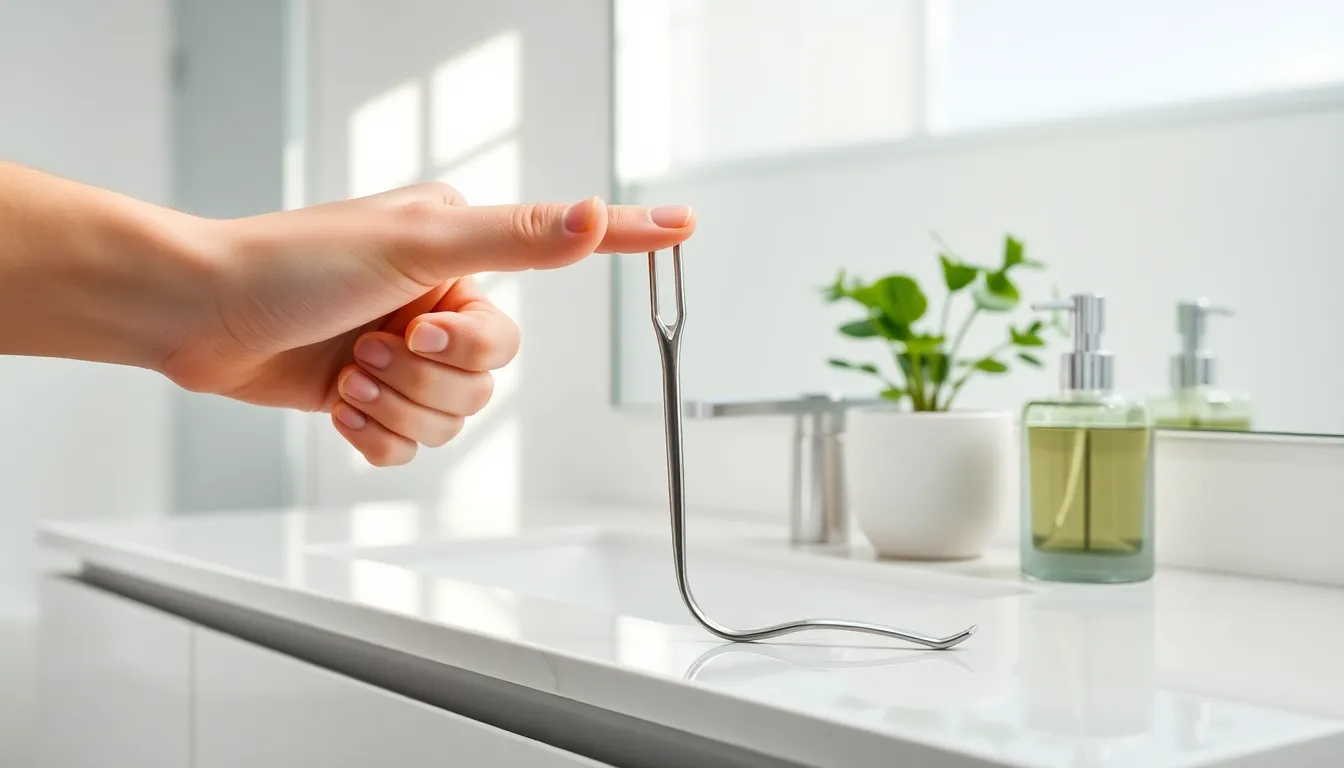Have you ever wondered about that curious word, “tongschraoer”? No, it’s not what happens when you try to pronounce ‘schnauzer’ after a few too many drinks. Rather, it’s a fascinating element of cultural heritage that deserves a spotlight – and some chuckles along the way. This exploration promises laughs, insights, and a sprinkle of knowledge that might just make you the life of the party or, at least, a bit more interesting at your next gathering. Let’s immerse and unravel the enigma behind tongue-scrapers.
Table of Contents
ToggleTongschraoer

Tongschraoer, sometimes referred to as a tongue scraper, is a small carry out designed to clean the surface of the tongue. Typically made from materials such as stainless steel, plastic, or wood, its primary function is to remove bacteria, food particles, and dead cells. Using a tongue scraper has been part of various oral hygiene routines across different cultures for centuries. Unlike brushing teeth, which focuses on the enamel, tongue scraping digs deeper into oral health by targeting the often-neglected surface of the tongue. As gross as it may sound, scraping the tongue can significantly improve breath and contribute to overall well-being.
Historical Significance of Tongschraoer
The use of tongue scrapers can be traced back thousands of years, particularly in ancient Indian Ayurvedic practices. The concept revolves around the belief that the mouth is a reflection of inner health. In various cultures, including in parts of Asia, maintaining clean tongues was thought essential for good health and spiritual purity. Archaeological findings suggest that indigenous peoples of North America also engaged in similar practices, employing natural objects like sticks or animal bones for tongue cleaning. This highlights a common theme: various civilizations understood the importance of a clean tongue long before dental paste was a household name.
Cultural Practices Surrounding Tongschraoer
In cultures such as those in India and Tibet, tongue scraping is often part of a daily ritual. Ayurvedic medicine emphasizes the principle of ‘dinacharya,’ or daily routines, wherein scraping the tongue is performed first thing in the morning, ideally before brushing teeth. This practice aligns beautifully with holistic approaches to health, emphasizing balance and cleanliness. In many Asian communities, the act of scraping is often accompanied by other oral hygiene products to create a comprehensive approach to dental care. Interestingly, in modern times, the practice has gained traction in Western countries, where people are increasingly discovering the benefits of this simple yet effective tool.
The Benefits of Tongschraoer
The benefits of using a tongue scraper extend beyond just fresh breath. First, it promotes oral health by removing harmful bacteria that can cause plaque buildup and even cavities. A clean tongue can enhance taste sensation, allowing individuals to enjoy food more fully. Also, studies suggest that regular tongue scraping may reduce the risk of systemic diseases linked to oral bacteria, thereby fostering better overall health. Also, scraping can aid in digestion, as it helps in stimulating saliva production, which is crucial for breaking down food.
Challenges and Criticisms of Tongschraoer
Even though the myriad benefits, tongue scraping isn’t without its challenges. Some critics argue that the effectiveness of tongue scrapers compared to regular brushing is overstated. They claim that good oral hygiene can be maintained simply through proper brushing and flossing. Besides, some individuals may experience discomfort or a gag reflex when using a tongue scraper, which can deter them from incorporating it into their routine. Misuse of the scraper can also lead to damage to the tongue’s surface, resulting in irritation or injury. Education on proper techniques becomes essential to mitigate these challenges.
Future of Tongschraoer in Modern Society
As more individuals embrace holistic health practices, the future of tongue scraping looks promising. In enlightened communities, focusing on complete oral hygiene will likely encourage a rise in the use of tongue scrapers. Innovations in design and materials could make tongue scraping more appealing to younger generations. Also, social media influencers and health enthusiasts are sharing their experiences, further normalizing this practice and demonstrating its ease. With continued education and awareness, it’s probable that tongue scrapers will evolve from a niche item to a staple in daily hygiene routines.





